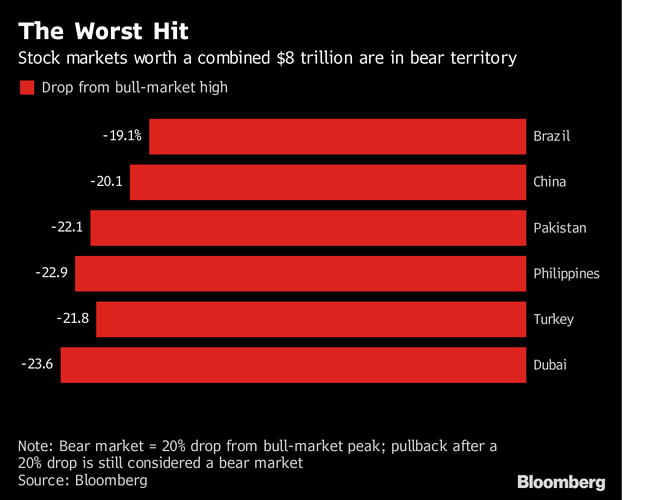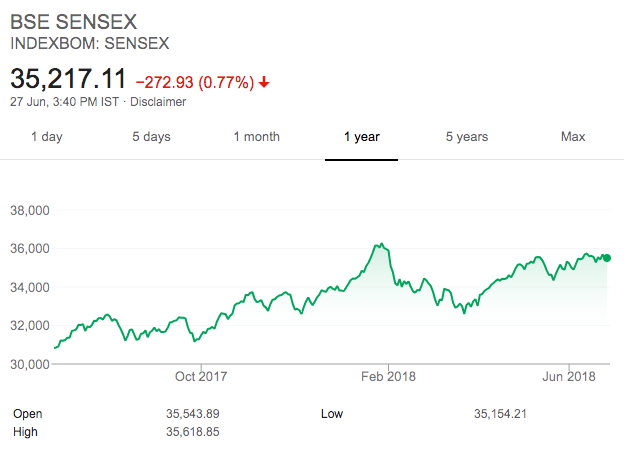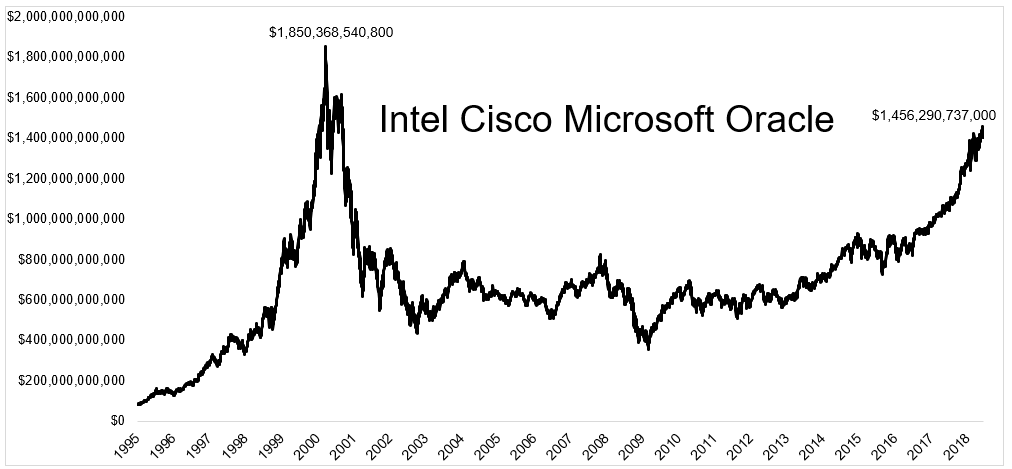I am of the strong opinion that every outcome should have some learning associated to it.
An event without any lessons learnt never makes anyone wise and makes human prone to errors in the similar event in the future.
Coming back to the “carnage” topic, please refer to the screenshot below:
This assumes that equity/debt allocation is 60/40. You can tweak it based on your own required numbers.
The most interesting part, "Lessons Learnt"
1. Correct Asset Allocation - Debt to Equity
There is a reason why Capital Allocation Framework thread by @Donald is in the hall of fame on VP. Its focus is more on allocation within the equity domain but the learning can be expanded to the entire portfolio of an individual.
-
Assuming total wipe out of mid cap portfolio, the net worth decreased by 30%. I am 100% sure that no VP’er or anyone in India would come in this extreme category. Substantial amount, but still nothing to worry. With learning and time in hand, this can be recovered.
-
Let’s say the mid cap portfolio dropped by 40% to 50%. Assume that this is the range where majority of the investors fall. This is also difficult to believe unless luck was entirely against you and all the mid cap investments were in vakrangee, PCJ, Manpasand, STPL, etc. This drops the entire net worth by 10% - 15%.
This means that even though there was a carnage in the mid and small cap space, but there was no carnage in the individuals net worth if the allocation was correct.
-
Mind you that this entire loss projection is for those who had invested in these mid caps in the last few months at entire tops, those invested 18-24 months ago might not be sitting at a loss, they might be having their notional gains wiped out, that’s it.
2. Correct Asset Allocation - Within Equity
-
If my entire portfolio is in mid caps, it is totally my mistake and not of PMS fund managers, twitter, VP community, etc. We should own it up and take it at face value. In this case, we should introspect what caused it, most likely it would be greed and fear of missing out. Time to correct that.
-
Have some solid companies in the portfolio, enough said on this by VP “Top Contributors” and “Experts”. These are the shock absorbers of our vehicle called investments. Learn from other experts, if there is a very popular thread like “Blue chip 10” by our own internal expert @Yogesh_s, there would be a reason for this.
3. Don’t mimic experts blindly
People are still more interested in the “what” part rather than learning “how” and “why” part. If you look at the @hitesh2710 portfolio thread, still we can see that he is being asked one liner questions on what is his portfolio, his recent purchases, etc. Nothing wrong in that, but this does not solve our purpose. The reason why he bought and the learning which we can take away from that purchase and apply it next time on our screener is what would benefit us collectively.
4. Compounding the knowledge
- Next one year till elections is going to be range bound, this is what we have been hearing from multiple sources. Why not spend this time in reading Dorsey, Fisher, Graham, etc. Become capable and self sufficient enough. If not to generate alpha, then at least to do some basic screening and apply those principles in practice. More on this in the next point.
5. Self and portfolio evaluation
This in my opinion is the most important and critical aspect. Evaluate how our portfolio has performed in last 5 years or 3 years at least. Compare that with sensex, mid cap index, etc. to correctly benchmark. Following scenarios might emerge:
-
Portfolio <= Sensex
Deep introspection needed if we have not outperformed in this bull market.
Can we put aside our ego for some time and start moving our funds to a well diversified mutual fund until we learn accouting, valuations, Mr Market, moats, Porter’s 5 forces and all those equity industry buzzwords. Mind you, they don’t guarantee success, more on this in the next point.
-
Outperformed index by 2%-3%
You have read all investment books, blogs, VP hall of fame threads, investment philosophy, etc. but are outperforming index by just say 3%. I know I can get severe beating here and folks might say 3% alpha in 30 years makes a huge difference. I am not denying that. Only thing I am saying is just evaluate your investment style and checklist and work on that consistently.
It might be that we have read all the books but did not undestand completely.
We might have understood all the concepts in theory but failed while applying.
We followed some investment philosophy which is against our style and behavior.
We became very good with stock picking but did not undestand when to sell.
We buckle down under the pressure of greed and fear and make silly mistakes.
The reasons can be any, only the one who does self evaluation honestly would be able to get the answers.
The same alpha can be generated by focusing more on career, learning new skills, attending conferences in our domain area, getting good pay hikes. Many people with no idea on who Charlie Munger and Aswath Damodaran are might be generating better returns by having consistent returns, investible surplus for a very long duration. You never know.
6. Know your style
Time to know your style. Every style with proven methodology generates market beating returns.
-
Consider an investor who knows the cycles and invests only in sugar sector once in 5-6 years. No trades in between. With basket approach and even without catching exact top and bottom, that person might be doing much better than 95% of the whole investing community. Very rare to find and very risky, but there might be people doing this, we can never deny.
-
Your core portfolio is not doing very well but your trading returns are very good even though small because of less initial capital. Why not focus on that and explore that vast ocean. This “trading can make you money and fundamental analysis might give you financial independence” is not cast in stone. Only 1 in 1000 would attain financial independence even from fundamental analysis. See, the odds are so much against us even in this. So if business analysis is not what interests you from the heart, why shouldn’t we try other things. I know another controversial topic which can open a can of worms for me 
Identifying self style “that works” is really important. Otherwise, any amateur with advent of technology is capable enough to run Peter Lynch or Ben Graham screens on screener.
Remember that whether it is life or a competitive exam like CAT/IIT, etc. The syllabus remains the same. Those who top are not better in technical knowledge over others. But they know how and when to apply those skills in the situations that matter and demands from us.
After reading my entire post again, I could not find anything which I or you might not be knowing. But it is all about implementing.
Remember that the simplest things in life are the toughest to do.






 . Kudos to
. Kudos to